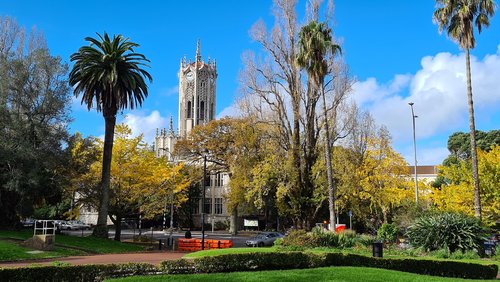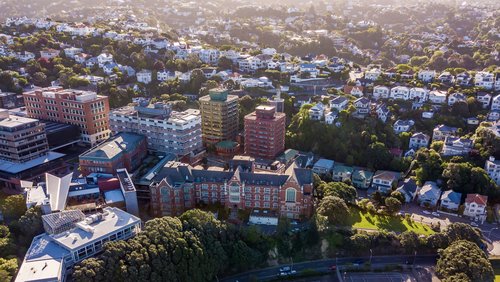16 Sep 2020
Demand for affordable housing has long outstripped supply. New Zealand needs more houses but has struggled to get them built. To hasten a post-Covid-19 recovery, the Government is investing billions of dollars in infrastructure and construction projects. Housing would appear a strong contender for funding. The situation, however, is a bit more complex.
Earlier in August the Infrastructure Funding and Financing Act 2020 was passed into law. The Act is designed to enable the development of new housing areas and the intensification of existing areas by allowing councils to charge property owners a levy to help fund the development or upgrade of infrastructure in their area.
In high growth areas, housing development has been held back because councils have been unable to fund the infrastructure needed to support development. For greenfield housing areas, sewage systems, water supply, power lines and transport infrastructure all need to be developed before housing construction can take place. The impact of Covid-19 has reduced council’s incomes and pushed many to their debt ceilings. With more than half its income coming from non-rates sources, Auckland Council has been particularly hard hit.
Are levies the way to go?
The Infrastructure Funding and Financing Act enables the creation of separate entities called Special Purpose Vehicles (SPV). The SPV is able to borrow money to finance the infrastructure. This debt can be raised from the private sector and will be ring-fenced from a council’s balance sheet. The levy payments from property owners are used to repay the debt. The SPV will fund and oversee the construction of the infrastructure and once completed, will transfer it to the relevant council who will then manage its ongoing operation and maintenance.
Levies are due annually and can be charged for up to 50 years. Greenfield developments will be the initial focus, but the legislation also allows property owners in established areas to be charged a levy to fund the upgrade of infrastructure in their area.
Existing infrastructure under pressure from urban intensification
The Government’s National Policy Statement on Urban Development also looks to address some of the challenges holding back urban development, in particular, intensification in city centres. The Statement came into effect on 20 August 2020 and replaces the 2016 Policy Statement.
The new planning rules in the Policy Statement encourage cities to grown up rather than out. Councils of Tier One urban areas – Auckland, Wellington, Tauranga, Christchurch, and Hamilton – will no longer be able to impose height limits of less than six-storeys and the requirement for developers to provide car parking in developments will be removed. Councils have until 2022 to implement the changes.
With cities encouraged to intensify, existing infrastructure will come under greater pressure. Sewage systems and drinking water supply in many cities are suffering from a legacy of under investment. Councils are facing a significant challenge just to maintain and repair the water infrastructure they currently have, let alone upgrade it to perform at greater capacity. The Government’s water reform programme seeks to address the funding challenge by incentivising councils to opt in to multi-regional water entities that will have economy of scale.
Designing cities for people
The way cities grow – whether up or out – affects all who live in them, not just those in new or intensified areas. There are implications for transport planning, viability of public transport, cultural amenities and community facilities, such as schools. Deciding what we want our cities to look and feel like and how we want to move around them is an important ongoing conversation that we should all engage in. City planners and engineers will need to work collaboratively to achieve the best outcomes.
The removal of the car parking requirement, apart from reducing the cost for developers, is a signal that people rather than cars should have priority in our city centres. The attractions of city living include proximity to work, entertainment and cultural facilities; and perhaps most significantly, the ability to move easily between these. There is a liveliness that busy pedestrianised areas exude. Planning pedestrian areas, green spaces, public transport and infrastructure to support micro mobility options should not be overlooked when moving towards urban intensification.
Infrastructure takes time and money to put in place and simply setting targets for housing construction will not get houses built. The Infrastructure Funding and Financing Act and the National Policy Statement on Urban Development are two tools the Government is utilising to ameliorate the situation. But will it be enough? What other measures should be taken?




